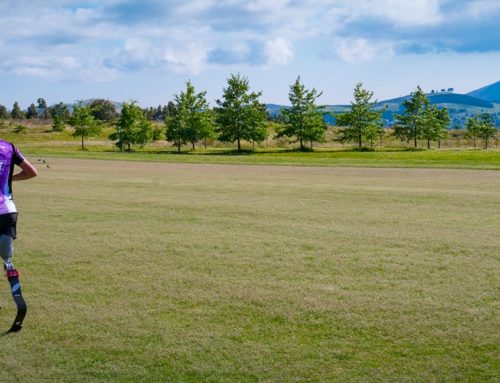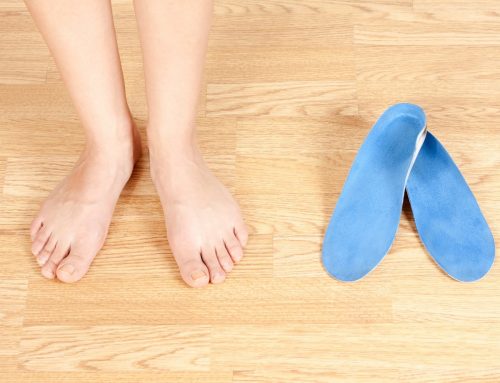Everything you need to know about Meniscal knee injury
Everything you need to know about Meniscal knee injury – Meniscal knee injuries are a common knee injury especially amongst sportspeople and can happen innocuously. Just like tennis icon Roger Federer did when he was running a bath for his children. As he turned from his right to his left side and shifted weight to his left foot, Federer felt something ‘click’ in his left knee, this resulted in swelling, which are typical features of a meniscal injury.
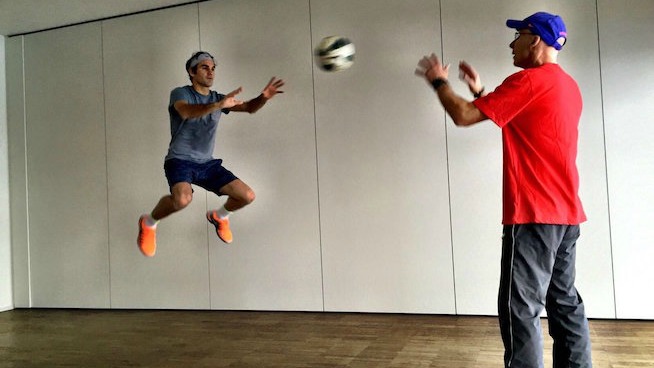
Above Pic: Roger Federer during rehabilitation after meniscal surgery
I know just how easy a meniscal tear can happen; they suck. One day I was happily surfing in sunny Bali. On the last wave, I turned from my left to my right, but my right foot was planted as I turned my torso. Everything seemed to happen in slow motion, as I felt my right knee “buckle”. I knew something was wrong straight away. The next day my knee swelled up like a balloon and was extremely stiff and sore. Hopefully, you are lucky, and it is a minor meniscal injury, and it can repair but if it is more severe it can take a lot of recovery and rehabilitation and possibly surgery.
So, what is the meniscus and what does it do? The menisci are fibrocartilaginous discs that act as shock absorbers for your knee. They help to improve load distribution and increase joint congruence. Basically, they help with cushioning your knee. Commonly you might feel that your knee locks, clicks or catches, often there is delayed swelling, reduced range of motion especially when straightening the knee (knee extension) and difficulty with weight bearing or walking.
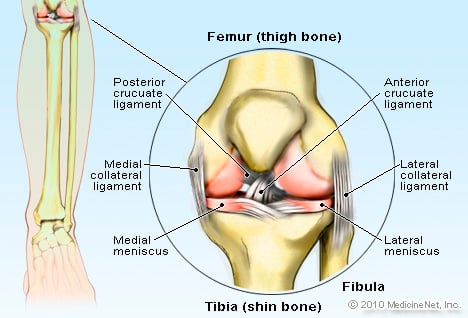
At Momentum Sports and Rehabilitation, we assess and treat a lot of knee injuries, especially as a result of playing sport. The most common acute knee injuries we see include patella-femoral pain, anterior cruciate ligament sprain or rupture, posterior cruciate ligament sprain, medial collateral ligament sprain, and medial meniscus tear.
Treating meniscal tears varies depending on its severity. A small or partial tear or degenerative meniscal tear with pain but without mechanical symptoms like locking, catching or reduced range of motion can be treated non-surgically. However, a large tear or bucket handle tear with pain and mechanical symptoms like locking may require urgent surgery. Frequently most meniscal injuries fall somewhere in between.
Rehabilitation with or without surgery will usually involve increasing range of movement, strengthening the major knee muscle groups (quadriceps, hamstrings, gluteal), gait retraining, and performing functional and sports-specific exercises. Below are examples of early to mid-stage exercises that will help with recovery from acute meniscal injury. The aim of these exercises is to strengthen and stabilise the knee joint and improve movement.
- Knee movement



To increase knee range of movement, start in a seated or lying down position. Slowly slide your heel up towards your buttock keeping your heel on the ground. Gradually let the leg slide back down to the starting position by straightening out your knee. To increase knee extension, use a rolled-up towel or foam roller. In a seated or lying position lift your heel off the ground and hold this position for 5 to 10 seconds. Slowly lower the heel back to the ground.
- Quads strengthening
For initial quads strengthening place a towel, pillow, or foam roller under your knee and point your toes towards you. Push your heel down into the ground and tighten your thigh muscles whilst also pushing the back of your knee into the ground. Hold this position for 10 seconds then relax the muscles and start the exercise again.

- Hamstring strengthening
To strengthen your hamstrings, start by lying down on the floor or firm surface. Use a heel or foot slider, fitness or Pilates ball, or the humble plastic bag for friction. Start by lifting your hips up into a bridge position, slide your feet away from you, then slide your feet towards you. Place your hips back down on the ground to return to the starting position. Repeat this 5-10 times.


- Gluteal strengthening
The aim of this exercise is to strengthen your gluteal muscles. In a standing position wrap a theraband around a secure object and around your lower leg just above the ankle joint. Place the standing leg behind the theraband and lift the outside leg to the side without leaning too much. Repeat the exercise 5-10 times and perform on the other leg.
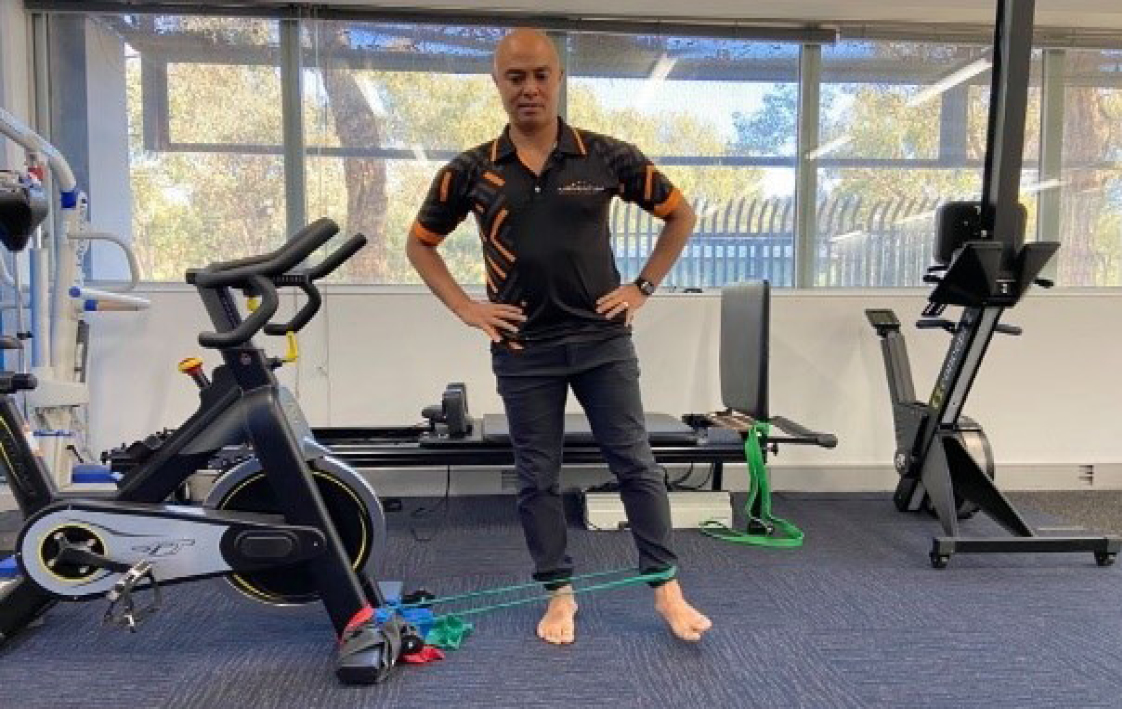
Ensure you consult with one of our sports physiotherapists for a thorough assessment of your knee injury or before performing the above exercises. From my own personal experience with meniscal tear, I know that a specialised rehabilitation program with targeted exercises will help you recover from injury and maximise your function and performance. As always be patient and mindful when performing any exercise. Happy knees mean happy life!
Everything you need to know about Meniscal knee injury – By Toby Marcus
References
- Brukner and Khan, Clinical Sports Medicine
- Franklyn-Miller A, Falvey E, McCrory P and Brukner P. Clinical Sports Anatomy
- Katz JN et al. Surgery versus physical therapy for a meniscal tear and osteoarthritis, New England journal of medicine, 2013, 368(18), 1675‐1684
Meanwhile, anyone can reach out to staff members at (02) 6210 0060 to ask questions or schedule an in-person appointment.


